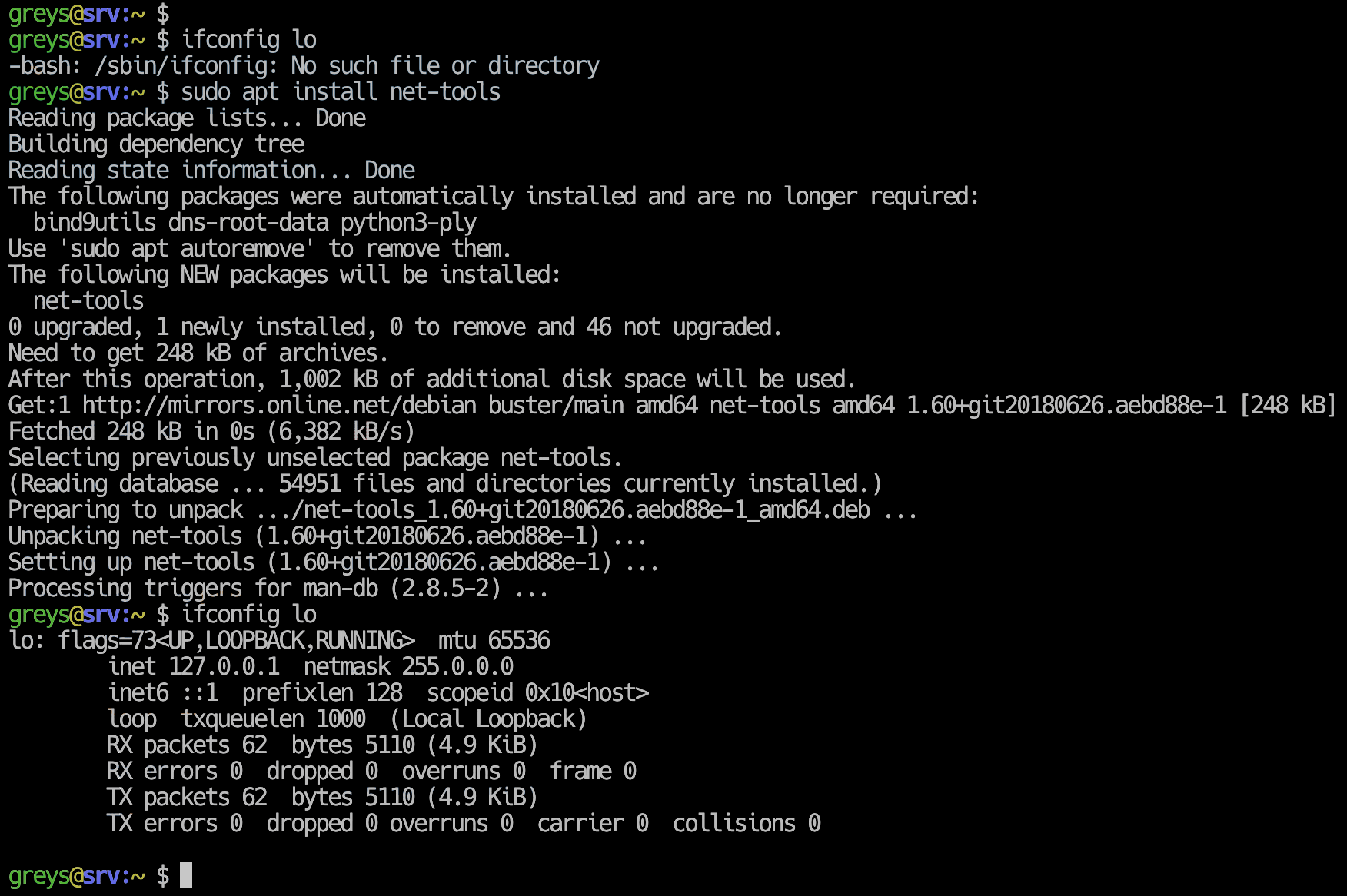

- RIPGREP COMMAND NOT FOUND HOW TO
- RIPGREP COMMAND NOT FOUND INSTALL
- RIPGREP COMMAND NOT FOUND CODE
- RIPGREP COMMAND NOT FOUND ZIP
You will appreciate the '-column' flag if you are a vim user. There are several options regarding columns that ripgrep provides. You can use the option '-A,' short for '-after-context', and a numerical value to show lines after each match.Īnd for lines before each match, you can use the option '-B,' short for '-before-context', along with a numerical value. Sometimes, you want the lines only below, including the matched one. There can be times when you only want to see a few lines above, including the matched line. This option accepts a numerical value and shows lines before and after the match. The '-C' or '-context' option helps here.
RIPGREP COMMAND NOT FOUND CODE
Sometimes, it is nice to have a context of the matching line, especially when searching in a code repository. When you regularly search for a set of patterns to match, you can store it in a file and specify it using the '-file' option. If you specify multiple files to search for (if you don't specify any files, it will search for all), ripgrep will also determine the filename whose contents matched.Īlternatively, you can also use the '-file' option, which contains the pattern you want to match. Basic searchesĪ sample search of the word description in the Cargo.html file: $ rg description Cargo.tomlģ:description = "A more intuitive version of du"Īs expected, the ripgrep tool searched in the file that I specified and displayed the files with matching text and the line number. You provide it with a search string and a filename, and it will search the file and show you where the input string matched with the file contents.įor this tutorial, I have cloned the repository of the dust project, and I will be executing the commands inside the cloned repository. If you are familiar with grep command usage, you'll find ripgrep works similarly.
RIPGREP COMMAND NOT FOUND INSTALL
sudo apt install ripgrep Using ripgrep command Ubuntu Cosmic Cuttlefish (18.10) or later can also use the distribution's official repositories. OpenSUSE users (15.1 and later) should use the following command in their terminal: sudo zypper install ripgrepįor users using Debian Buster (v10) or later, use apt. If you use Fedora or Red Hat, tip your hat a bit while typing this command in your terminal: sudo dnf install ripgrep Gentoo users can install ripgrep with the following command: emerge sys-apps/ripgrep
RIPGREP COMMAND NOT FOUND HOW TO
If you are a user of Arch Linux, you already know how to install packages :p, but still, here's the command you should use: pacman -S ripgrep However, it is available in the repositories of all major Linux distributions, and you can use the package manager to install it. While grep comes preinstalled on most Linux systems, ripgrep doesn't have that privilege. You can think of it as grep, but primarily aimed at searching for files/content of files instead of the raw byte stream that grep deals with. Ignores hidden files by default and uses your gitignore file for faster searching.
RIPGREP COMMAND NOT FOUND ZIP




 0 kommentar(er)
0 kommentar(er)
